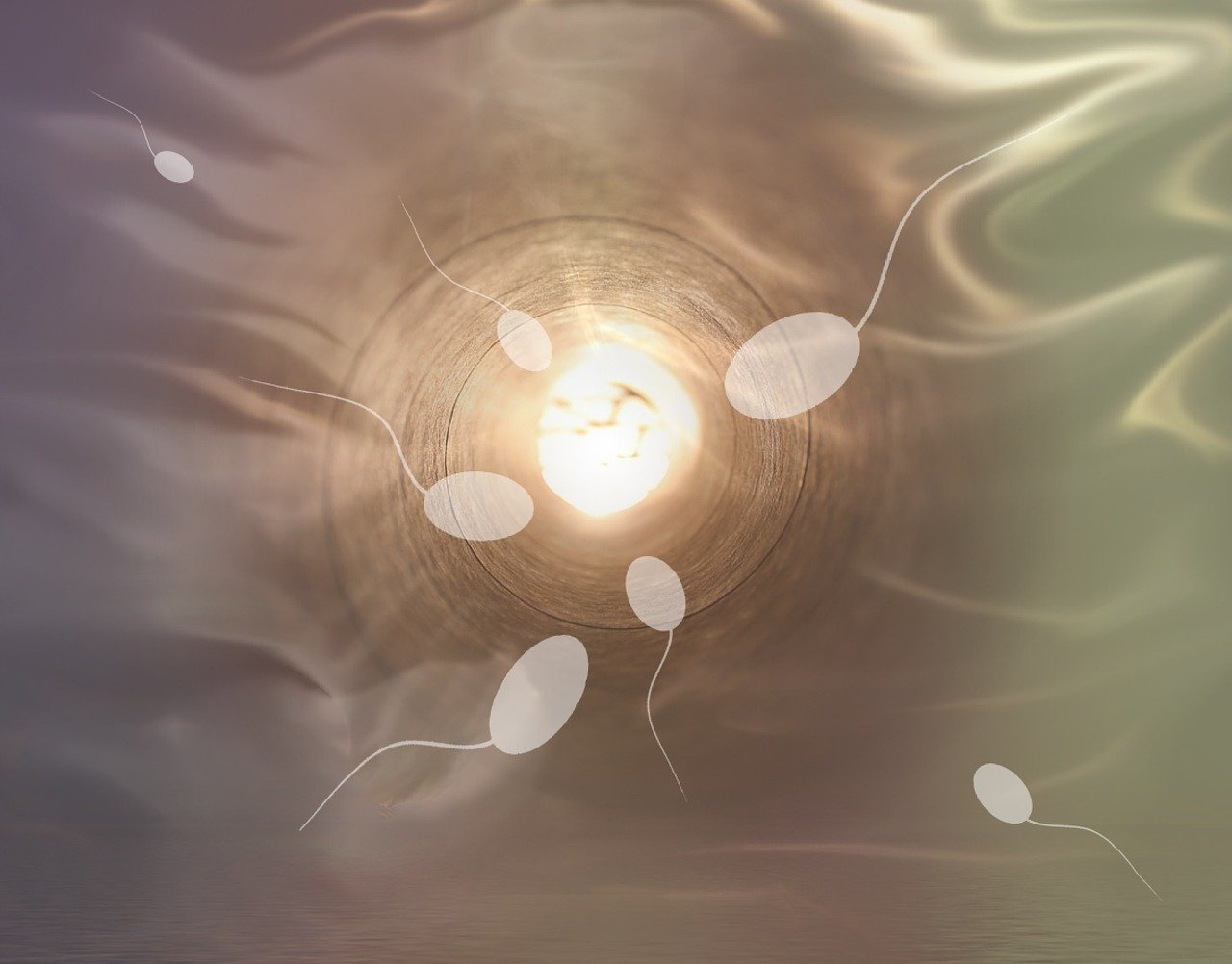In previous news “Understanding Bisphenol A”, we have talked about what Bisphenol A is, where it is found, how humans are exposed to this chemical, and the regulation concerning the tolerable daily intake and measures put in place by the European Union, from 2011 to 2020, to protect people from harmful exposure to bisphenols and to limit exposure. Bisphenol A damages the health of people exposed to food and beverage packaged in reusable plastics. Bisphenol A is also found in canned food, which was identified as the most important source of exposure for all age groups of population.
Overall exposure to Bisfenol A in humans has been demonstrated in biomonitoring studies conducted in the general population, showing that 80% of participants had detectable levels of Bisfenol A in their urine. However, concern has been raised over the effects on male reproductive health. Few studies have examined the exposure to Bisfenol A in relation to reproductive hormones or to semen quality in fertile men. Nonetheless, very little research has been undertaken in recent years on how Bisfenol A could influence male reproductive health by affecting the quality of semen in men (1).
The first studies were conducted in 2010, by researchers from different universities in North America, and aimed to assess the association of Bisfenol A urinary concentrations with quality semen and sperm DNA damage in 190 men recruited through an infertility clinic. Findings revealed that 89% of samples showed detectable levels of Bisfenol A, and concluded that urinary Bisfenol A may be associated with reduced semen quality and increased sperm DNA damage but confirmatory studies are needed (2).
In 2014, scientists from Denmark studied the association between Bisphenol A urinary concentrations and reproductive hormones and semen quality in 308 young Danish men. Findings confirmed that 98% of participants had detectable Bisphenol A levels in urine. Bisphenol A mimics the action of sex hormones and alters the proper functioning of the hormone system. To be precise, Bisphenol A acts at the hypothalamic-pituitary-gonadal axis level competing with androgen and/or estrogen receptors, inhibiting the production, and functioning of these hormones (1).
Likewise, in 2022 scientists from the University of Brunel in England explored how bisphenols -including Bisphenol A– and other chemicals declined semen quality. They analysed nine chemicals in urine samples from men aged 18 to 30 years old. Findings showed that Bisphenol A was associated with deteriorations of semen quality in a higher magnitude than the rest of chemicals (1).
These studies contribute to scientific knowledge regarding the association between Bisphenol A and poor sperm quality, and highlight the need for further research. Findings will be extremely useful for public health institutions and decision makers to develop appropriate measures to continue to regulate this chemical in an effort to reduce risks in male reproductive health, and to implement educational interventions of dietary intake since diet is considered the main route of human exposure to Bisphenol A (4).
References
- Lassen TH, Frederiksen H, Jensen TK, Petersen JH, Joensen UN, Main KM, et al. Urinary bisphenol A levels in young men: association with reproductive hormones and semen quality. Environ Health Perspect. May 2014;122(5):478-84.
- Meeker JD, Ehrlich S, Toth TL, Wright DL, Calafat AM, Trisini AT, et al. Semen quality and sperm DNA damage in relation to urinary bisphenol A among men from an infertility clinic. Reprod Toxicol. 1 December 2010;30(4):532-9.
- Kortenkamp A, Scholze M, Ermler S, Priskorn L, Jørgensen N, Andersson AM, et al. Combined exposures to bisphenols, polychlorinated dioxins, paracetamol, and phthalates as drivers of deteriorating semen quality. Environ Int. 1 July 2022;165:107322.
- Radwan M, Wielgomas B, Dziewirska E, Radwan P, Kałużny P, Klimowska A, et al. Urinary Bisphenol A Levels and Male Fertility. Am J Mens Health. November 2018;12(6):2144-51.

Mónica Miriam García Cuéllar
Master’s Degree in Public Health and Health Promotion
OSMAN Scientific Editor



